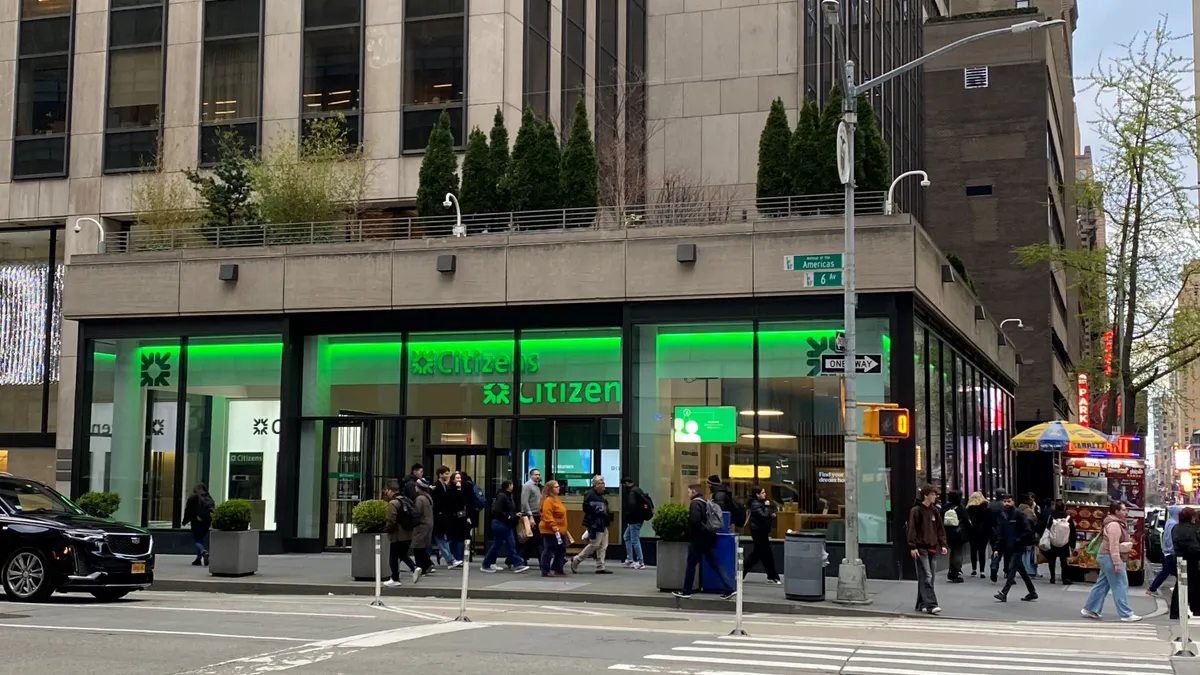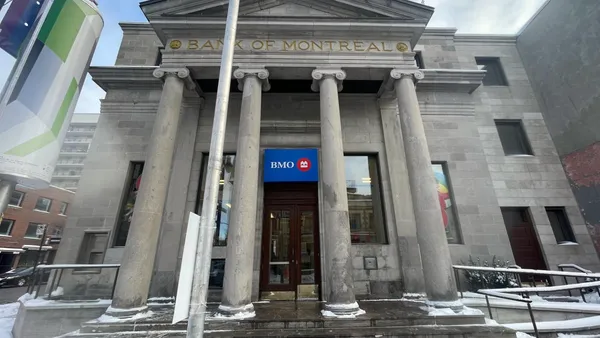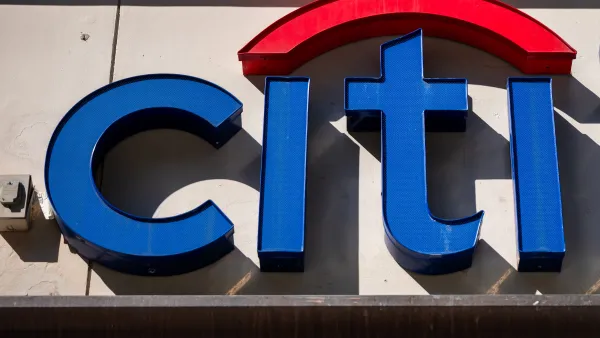Despite recent stock price headwinds, the growth of fintechs has been nothing short of explosive. Fintech unicorns—the name used to describe privately-held companies valued over $1 billion—now number 272 and have a combined value of nearly $1 trillion.
The popularity of fintechs is rooted in their easy accessibility to a broad range of financial services that clients value and, above all, the seamless user experience they provide. For commercial financial services clients, the user experience provided by some fintechs is made even more appealing because it is such a departure from the typical experience legacy banks offer.
Dan Skaggs, head of product at Elan Financial Services, describes the journey of prospective clients seeking to obtain commercial credit cards from a legacy bank as time-consuming and frustrating. “For all commercial banks, (the prospective client) has to talk to someone, which means they have to wait,” Skaggs says. “If they decide to fill out an application, most of the time it’s paper, which is slow and painful. Even when they are onboarding and want the value of a commercial card, it can take two months and in some cases, employees need to continue using personal cards.”
Once a commercial client is fully onboarded and employees have their cards, the user experience often remains clunky. Legacy banks have made investments to improve their consumer platforms but have not upgraded the platforms serving commercial clients. Do-it-yourself features are limited; real-time data about employee expenses and other transactions are rare; making changes to credit limits and other features is difficult; and the minimum amount of money commercial clients must spend to earn rewards or cash back is high.
Legacy banks retain trust and loyalty.
It’s no great surprise, then, that the easy and speedy user experience offered by many fintechs has attracted so many commercial clients. The attraction is accentuated because people who seek and use commercial credit cards know what a good user experience looks like from their experiences as retail consumers.
“They've seen what they can do from their personal experience as a consumer and what they can do from a self-service perspective, such as managing their accounts themselves versus having to call or fill out paperwork,” says Courtney Wood, group product manager at Elan Financial Services. “Their expectation is that they should have a similar, more consumer-like experience for their commercial products, and they're not getting that.”
Despite the user experience fintechs offer, legacy banks retain meaningful advantages with commercial clients.
High levels of satisfaction are a reminder that, while important, user experience and customer-friendly platforms aren’t the only priorities for commercial clients. “Legacy banks have been in the business for a long time. They have deep experience in payments and commercial credit cards—and know what they’re doing and do it well,” Skaggs says. “The interface might be a struggle, but at the end of the day, legacy banks understand the client's business, how to service it and can bring the whole bank’s wealth of products and services to the customer. That is what brings the trust and stability.”
A significant advantage of legacy banks is the accumulated industry and business knowledge bank personnel have built up over time—knowledge that can help commercial clients understand challenges and opportunities and make better decisions. Another important advantage of legacy banks compared to fintechs is confidence that the banks will be around long into the future, which eliminates the risk of disruption that a commercial client would face if they suddenly had to search for a new financial services provider.
Deliver the best of both worlds.
Comparisons of fintechs and legacy banks are natural because each excels at delivering specific pieces of what all commercial customers need. But it is also an increasingly false choice, thanks to the emergence of products like the Elan Financial Services Commercial Rewards Card. “Do commercial clients want to go with stability, or do they want to go with a good experience?” Wood says. “They actually don’t have to choose.”
Available through many regional and community banks, the Elan Commercial Rewards Card is designed specifically to provide both the stellar user experience fintechs offer and the trust, stability and knowledge of a legacy bank. For example, applications and onboarding are simple and as quick as 30 minutes, with 97% of surveyed customers rating their experience as easy or very easy. And, once onboarded, commercial clients can manage cards, expenses and travel within a single platform.
The all-in-one platform provides continuous visibility into employee expenses and allows organizations to apply card controls, like spending limits and restrictions on merchant category codes. Organizations can earn rebates faster than with typical commercial card programs because the Elan Commercial Rewards Card has a much lower spend threshold. Also, accounting and reporting are easier thanks to straightforward integrations with accounting tools like QuickBooks Online, NetSuite and Xero. “Clients that partner with Elan can have the Commercial Rewards Card integrated into their accounting systems, so it’s easy to run customized reporting as well as to close the books faster and with less manual reconciliation,” Skaggs says.
The combination of fintech experience and flexibility with legacy bank stability and expertise provides a competitive advantage to commercial clients. “There’s an opportunity for customers to continue working with their day-to-day bank but also leverage the expertise and service of Elan,” says Wood. “There’s real power to bringing those together to benefit commercial customers.”
To learn more about the advantages the Elan Commercial Rewards Card could bring to your business, connect with an Elan corporate payment solutions expert today.










